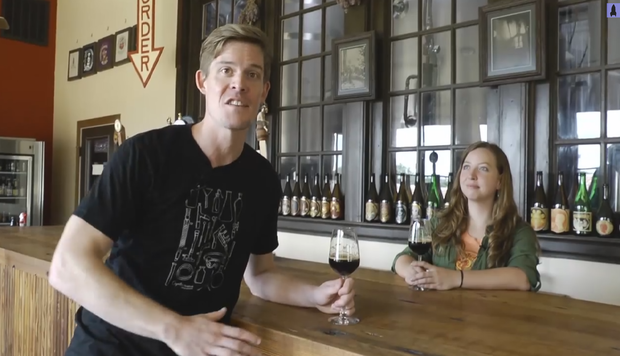Video on the science behind brewing beer hops to it
Most people have a general idea of how beer is made. Boil water with some cereal grains; add hops, sugars, and other flavorings; then add yeast to get the fermentation process started. A few weeks later, the beer is transferred to bottles to be sold and consumed. But scientifically, what's going on behind the scenes during the brewing process? PBS' "It's Okay To Be Smart" series explores the science behind brewing beer and how it's the ultimate intersection of science and art.
Related Links
To explore the science behind brewing beer, the show traveled to the Jester King Brewery in Austin, Texas, and spoke with brewer Averie Swanson. Swanson told PBS host Joe Hanson that the brewery likes to brew its beer to reflect the local community, and explained that even someone following Jester King's exact recipe would end up with a slightly different beer, mostly due to differences in ingredients.
The differences come down to the type and variety of yeasts used (their yeasts include saccharomyces cerevisiae, lactobacillus, pediococcus, and brettanomyces); the different and unique kinds of bacteria found in the ingredients; and flavor additives (such as fruits) in the brews.
While having a conversation over a pint of (what else?) some awesome-looking craft beer, Swanson also touches on how keeping a close eye on the brew's CO2 and sugar levels is essential to crafting the perfect batch, and how adding the right amount of yeast at the right time can make all the difference. Learn all about the science of brewing beer by watching the video at the top of this post.

PBS host Joe Hanson talks with brewer Averie Swanson about beer, over beer. Video screenshot by Anthony Domanico/CNET


